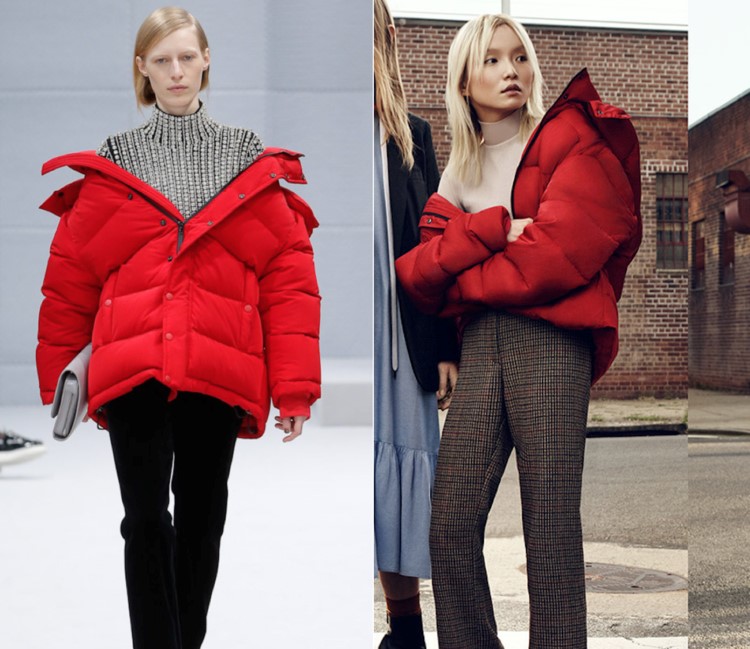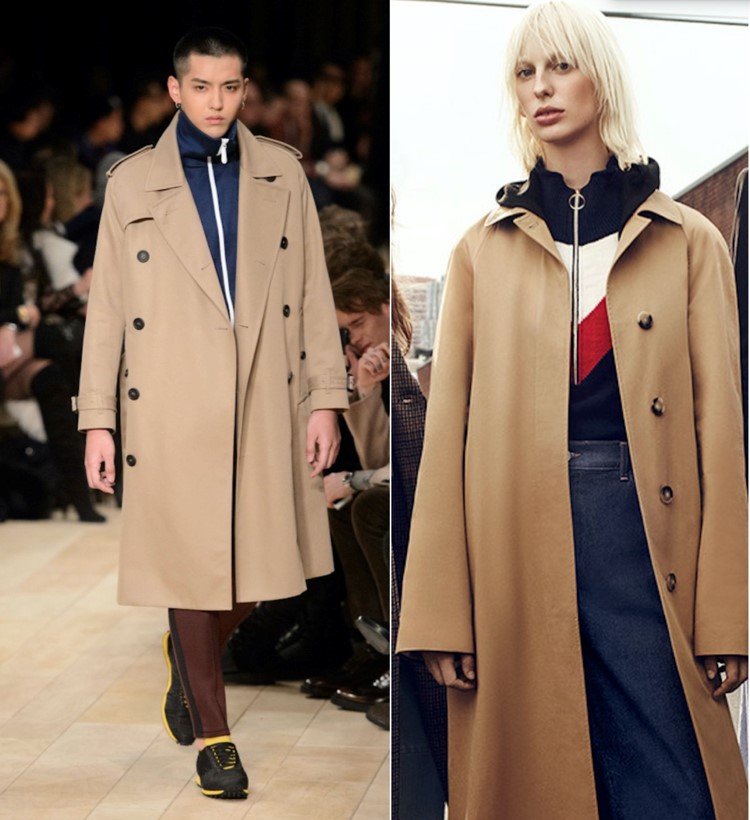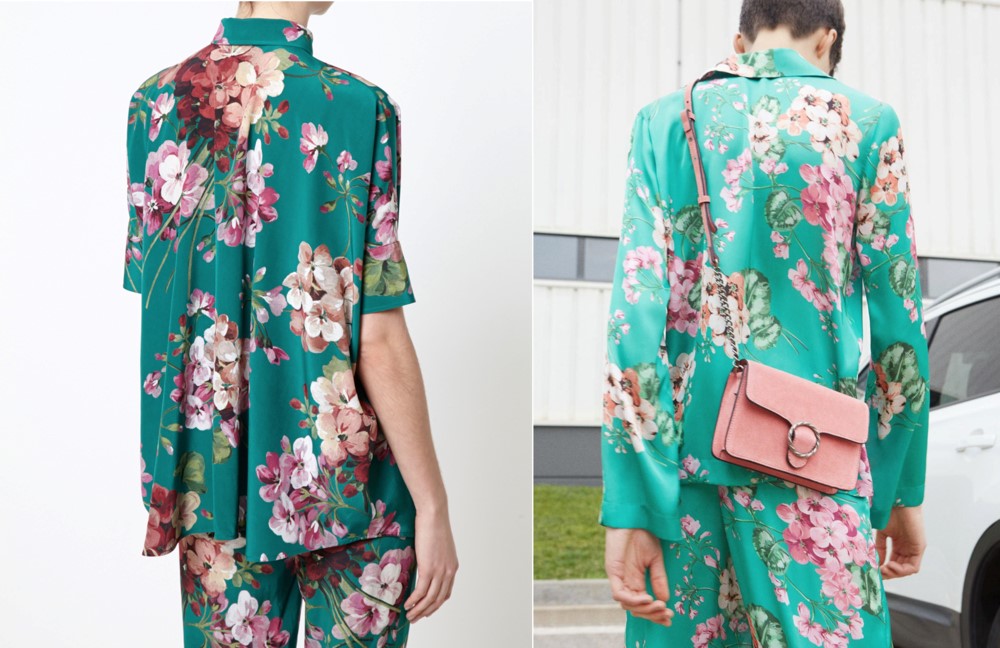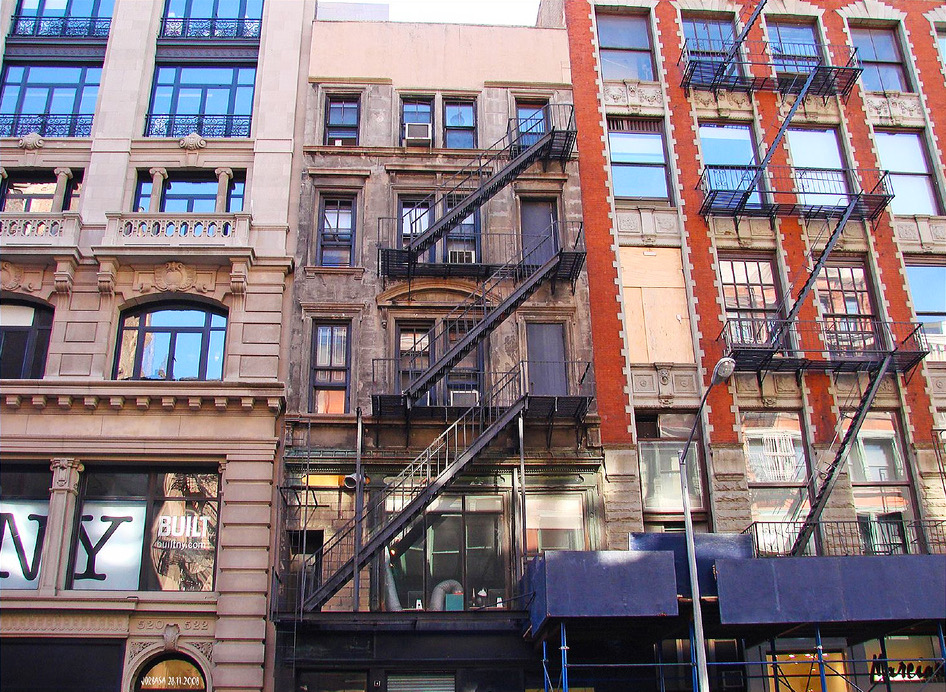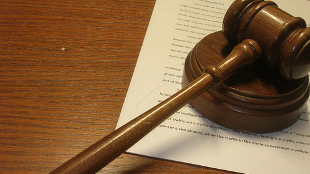
Understanding Litigation Hold Notices: A Crucial Element in Legal Proceedings
Litigation holds play a pivotal role in the legal landscape, especially when legal disputes are imminent or ongoing. A litigation hold notice, also known as a legal hold or preservation order, is a formal communication that instructs organizations and/or custodians of certain documents to preserve all relevant documents and information related to a potential or existing legal case. This proactive measure is essential to ensure the integrity of evidence and prevent the destruction or alteration of crucial information that may be pertinent to the litigation.
What is a Litigation Hold Notice?
A Litigation Hold Notice or Litigation Hold Notice is a written directive issued by legal counsel to custodians of certain documents, informing them of their obligation to preserve all potentially relevant evidence in anticipation of future litigation.i A litigation hold notice is also called “preservation letters” or “stop destruction requests.”ii This can include a wide range of materials, such as documents, emails, electronically stored information (ESI), and other records that may be relevant to the legal matter at hand such as voicemail, videos, calendars, photographs, text messages, etc.iii Litigation Hold Notices are often sent before parties issue a written demand for the production of relevant information.iv The goal of a litigation hold is to prevent the spoliation of evidence, which refers to the intentional or negligent destruction, alteration, or concealment of evidence. This formal legal process began with a series of New York federal court cases related to the court’s concern for preservation of documents and prevention of destruction of key evidence related to litigation during discovery.v
Key Components of a Litigation Hold Notice:
1. Identification of Relevant Information:
The litigation hold notice typically outlines the scope of the information to be preserved. Legal teams work closely with their clients to identify and specify the types of documents and data that are crucial to the case. In the notice, it is best to be simple and clear, so it obviates any confusion or need for revision.vi Legal teams also examine whether the relevant information they seek is within the possession, custody, or control of the other side. The relevant documents and/or information may be found in email servers, smartphones, cloud storage, meeting software, collaboration software, network drives, social media accounts, any personal devices used to conduct business, usb drives, file cabinets, etc.vii
2. Communication to Key Personnel:
The litigation hold notice is generally distributed to key personnel within the organization who are responsible for implementing and overseeing the litigation hold. This often includes IT professionals, records management personnel, and relevant department heads. After giving notice, it is also important to have an internal system set up to remind record custodians about the timeline and expiration of the litigation hold, and to keep track of custodians who are leaving the company by resignation or termination. viii
3. Clear Instructions and Timelines:
A well-crafted litigation hold notice provides clear and concise instructions on how to comply with the preservation order. It may also include specific timelines and deadlines for compliance, ensuring that the organization and/or custodian of certain documents act promptly to preserve the relevant information. If the preserving party does not timely issue a litigation hold notice to its employees the court may find it to be an indication of a grossly negligent mental state and forms a rebuttable presumption that the destroyed evidence was relevant.ix Generally, the evidence should not be destroyed until the conclusion of the litigation.
4. Documentation and Reporting:
Organizations and/or custodian of certain documents are usually required to document their efforts in complying with the litigation hold. Meticulous recording and tracking of preservation of evidence under litigation hold also prevents potential sanctions.x The preserving party must be able to show that reasonable and good faith action was taken to preserve the information relevant to the litigation.xi This can involve creating reports detailing the steps taken to preserve information, as well as any challenges encountered during the process.
Importance of Litigation Holds:
1. Preservation of Evidence:
The primary purpose of a litigation hold notice is to preserve potentially relevant evidence. This is crucial for ensuring a fair and just legal process, as it allows both parties to access the same information during litigation.
2. Compliance with Legal Obligations:
Failure to comply with a litigation hold notice can have serious legal consequences, including sanctions. Courts take a dim view of spoliation of evidence, and non-compliance may result in adverse inferences or monetary penalties. A party failing to comply may face sanctions by the court if the party demanding the litigation hold can show that the evidence has not been maintained, and that i) the spoliating party had an obligation to preserve the evidence; ii) the evidence was destroyed with a culpable state of mind; iii) and the lost evidence was relevant to the requesting party’s claim or defense.xii
3. Risk Mitigation:
By implementing a litigation hold promptly and thoroughly, organizations and/or custodian of certain documents can mitigate the risk of facing legal consequences due to the loss or alteration of critical evidence.
In the complex world of legal proceedings, litigation hold notices serve as a crucial tool to ensure the fair and transparent administration of justice. Organizations and/or custodian of certain documents must understand the importance of promptly and diligently complying with these notices to preserve evidence, meet legal obligations, and ultimately contribute to a just resolution of legal disputes. As the legal landscape continues to evolve, staying informed about the significance of litigation holds is essential for organizations and/or custodian of certain documents navigating potential legal challenges.
iStephanie F. Stacy, Litigation Holds: Ten Tips in Ten Minutes, United States District Court District of Nebraska (July 2010),https://www.ned.uscourts.gov/internetDocs/cle/2010-07/LitigationHoldTopTen.pdf.
ii Id.
iiiSterling Miller, Litigation holds: What in-house counsel needs to know, Thomson Reuters (Sept. 19, 2022), https://legal.thomsonreuters.com/en/insights/articles/litigation-holds-what-in-house-counsel-need-to-know.
ivTracee Davis, Constance M. Boland & Adam I. Cohen, Best Practices in E-Discovery in New York State and Federal Courts, E-Discovery Committee of the Commercial and Federal Litigation Section of the New York State Bar Association (Apr. 5, 2013), https://nysba.org/app/uploads/2020/02/Ediscovery_Final5.2013.pdf.
v Zubulake v. UBS Warburgh LLC, 220 F.R.D. 212 (S.D.N.Y. 2003).
viDavis, Boland & Cohen, supra note iv.
viiMiller, supra note iii.
viiiId.
ixVoom HD Holdings LLC v. Echostar Satellite LLC, 93 A.D.3d 33 (1st Dept. 2012).
xMiller, supra note iii.
xiFed. R. Civ. P. 37(e).
xii See Richard Reice, The Tyranny of the Litigation Hold, New York State Bar Association, 21 NYLitigator, no. 1, 2016, at 19; see also Ortega v. City of New York, 9 N.Y.3d 69, 76, 845 N.Y.S.2d 773, 776 (2007).


